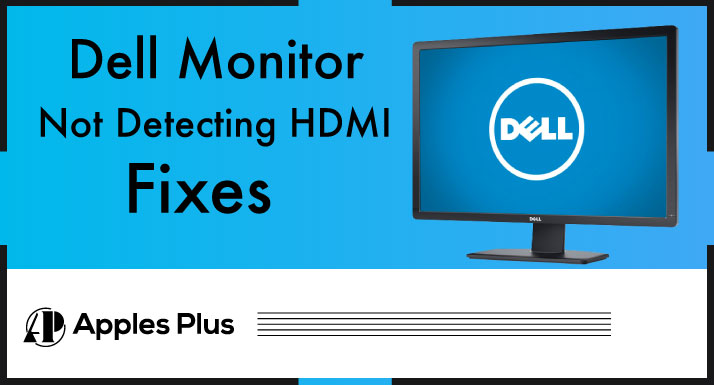Dell monitors are known for their high-quality displays and reliability, but sometimes they can encounter issues such as not detecting HDMI signals. This can be frustrating, especially when using your monitor for work or entertainment.
This blog post will discuss some common causes for a Dell monitor not detecting HDMI and how to troubleshoot the issue.
Whether you’re experiencing this problem for the first time or it’s recurring, this guide will help you diagnose and fix the problem so you can get back to using your monitor as intended.
Why My Dell Monitor Not Detecting HDMI?
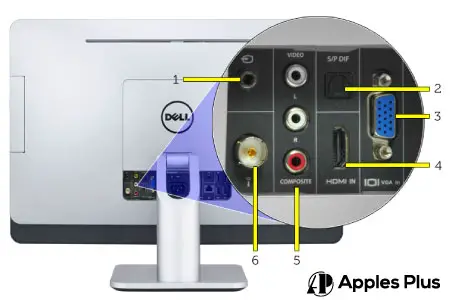
There can be several reasons why your Dell monitor is not detecting HDMI:
1. Check the HDMI Cable
When checking the HDMI cable, there are a few things to keep in mind:
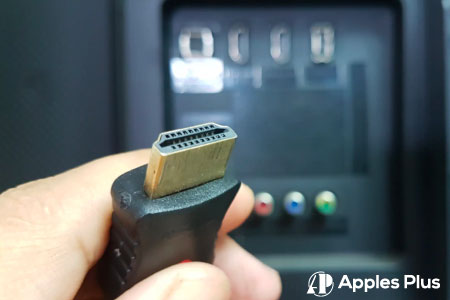
- First, ensure that the HDMI cable is securely plugged into the computer and the monitor. If the cable is loose, it may not transmit data, and the monitor will not be able to detect the HDMI connection. Ensure that the HDMI cable is plugged in and that there is no wiggle room or play in the connection.
- Inspect the HDMI cable for any physical damage, such as frayed wires, bent or broken pins, or other signs of wear and tear. If you find any damage, try using a different HDMI cable.
- If your Dell monitor has multiple HDMI ports, try plugging the HDMI cable into a different port. Sometimes, a specific port may malfunction, and plugging the cable into a different port may solve the issue.
- If you have access to a different HDMI cable, try using it to see if the issue is with the cable itself. The original cable may be faulty if the monitor detects the HDMI signal with a different cable.
By checking the HDMI cable and ensuring that it is properly plugged in and undamaged, you can rule out one of the most common causes of a monitor not detecting HDMI.
2. Check the HDMI Port
When checking the HDMI port, there are a few things to keep in mind:
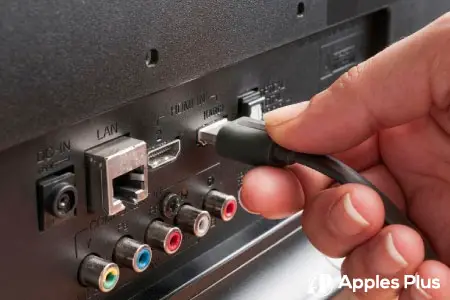
- Inspect both the HDMI port on your Dell monitor and the HDMI port on your computer for any physical damage. Look for bent or broken pins, dirt or debris, or other signs of wear and tear. If you find any damage, try using a different HDMI port or cable.
- If you notice any dirt or debris in the HDMI port, try cleaning it out with a can of compressed air. Hold the can a few inches away from the port and spray short bursts of air to dislodge any dirt or debris. Be careful not to touch the inside of the port with the nozzle, as this can cause damage.
- Try plugging in a different device, such as a gaming console or another computer, to the HDMI port on your Dell monitor. If the monitor detects the HDMI signal from another device, the issue may be with your computer’s HDMI port or graphics driver.
- If your graphics driver is outdated or incompatible, it may not be able to detect the HDMI connection. Ensure that your graphics driver is current and compatible with your Dell monitor.
By checking the HDMI port and ensuring it is undamaged and free of dirt or debris, you can rule out another common cause of a monitor not detecting HDMI.
3. Update Your Graphics Driver
Updating your graphics driver ensures that your Dell monitor can detect HDMI properly. Here’s how to update your graphics driver:
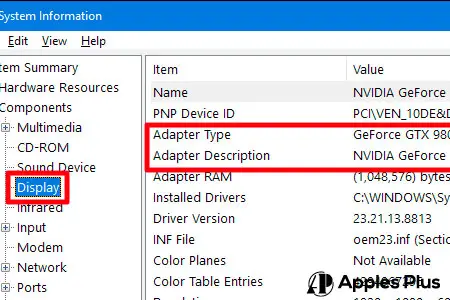
- The first step in updating your graphics driver is to determine the make and model of your graphics card. This information can be found by opening the Device Manager in Windows and expanding the Display Adapters section.
- Once you know the make and model of your graphics card, you can check for driver updates. Visit the manufacturer’s website of your graphics card, such as AMD or NVIDIA, and look for a section called “Drivers” or “Downloads“. You can enter your graphics card information and find the latest driver updates here.
- Download the latest driver update for your graphics card, and follow the installation instructions provided by the manufacturer. Be sure to completely uninstall the old driver before installing the new one, as this can prevent conflicts and errors.
- After installing the new graphics driver, restart your computer to ensure the changes take effect.
By updating your graphics driver, you can ensure that your Dell monitor can detect HDMI correctly and that your computer is performing at its best.
4. Check the Display Settings
When checking the display settings, there are a few things to keep in mind:

- First, open the display settings on your computer. This can be done by right-clicking on the desktop and selecting “Display Settings” or by going to the Control Panel and choosing “Display“.
- In the display settings, check the display mode to ensure it is set to “Extend” or “Duplicate“. If the display mode is set to “PC screen only“, your computer will not output a signal to the external monitor.
- Ensure that your computer’s display’s resolution matches your Dell monitor’s resolution. The monitor may only detect the HDMI signal if the resolutions are matched.
- Ensure that the refresh rate of your computer’s display matches the refresh rate of your Dell monitor. If the refresh rates are mismatched, the monitor may not be able to display the HDMI signal correctly.
- If the display settings are correct, but the HDMI signal is still not detected, try adjusting the scaling in the display settings. This can be done by changing the “Scale and layout” or “Zoom” settings.
By checking the display settings and ensuring that the display mode, resolution, refresh rate, and scaling are all set correctly, you can rule out another common cause of a monitor not detecting HDMI.
5. Test the HDMI port
Testing the HDMI port on your Dell monitor can help determine if the problem lies with the monitor or your computer. Here’s how to test the HDMI port:
- First, to test the HDMI port, disconnect the monitor from your computer and connect it to a different device, such as a laptop or gaming console. This will help you determine if the HDMI port is working correctly.
- If the HDMI port still does not detect a signal, try changing the cable. Sometimes a faulty or damaged cable can cause issues with the HDMI connection.
- If your monitor has multiple HDMI ports, connect your device to a different one. This will help you determine if the issue is specific to one port or if all HDMI ports have problems.
- If the HDMI port is still not working, try resetting the monitor to its default settings. This can be done by accessing the monitor’s on-screen menu and selecting “Factory Reset” or a similar option.
By testing the HDMI port on your Dell monitor and ruling out other possible causes, you can narrow down the source of the problem and take the necessary steps to fix it.
Frequently Asked Questions (FAQs)
Why does my monitor say no signal when connected via HDMI?
When your monitor says “no signal” when connected via HDMI, it means that the monitor is not receiving any input from the connected device.
Why is my Dell monitor not being detected?
It may caused due to Faulty cable connection, Incorrect input selection, Display settings or Outdated or faulty graphics driver.
Conclusion
In conclusion, a Dell monitor not detecting HDMI can be frustrating, but several common causes and solutions exist. Whether it’s a loose cable connection, incorrect input selection, display settings, outdated graphics drivers, or a faulty monitor, these issues can be quickly resolved with basic troubleshooting steps.
By following the steps we have discussed, you can diagnose and fix the issue of your Dell monitor not detecting HDMI, ensuring that you can get back to using your monitor as intended. If the problem persists, it may be necessary to seek professional assistance from a technician or contact Dell’s customer support for further assistance.

Meet Harry, the author of Apples Plus! Harry is a highly skilled electronic engineer passionate about testing and reviewing tech products like monitors and soundbars. With years of experience in the industry, Harry has developed a keen eye for detail and an in-depth understanding of the latest tech trends and developments.

